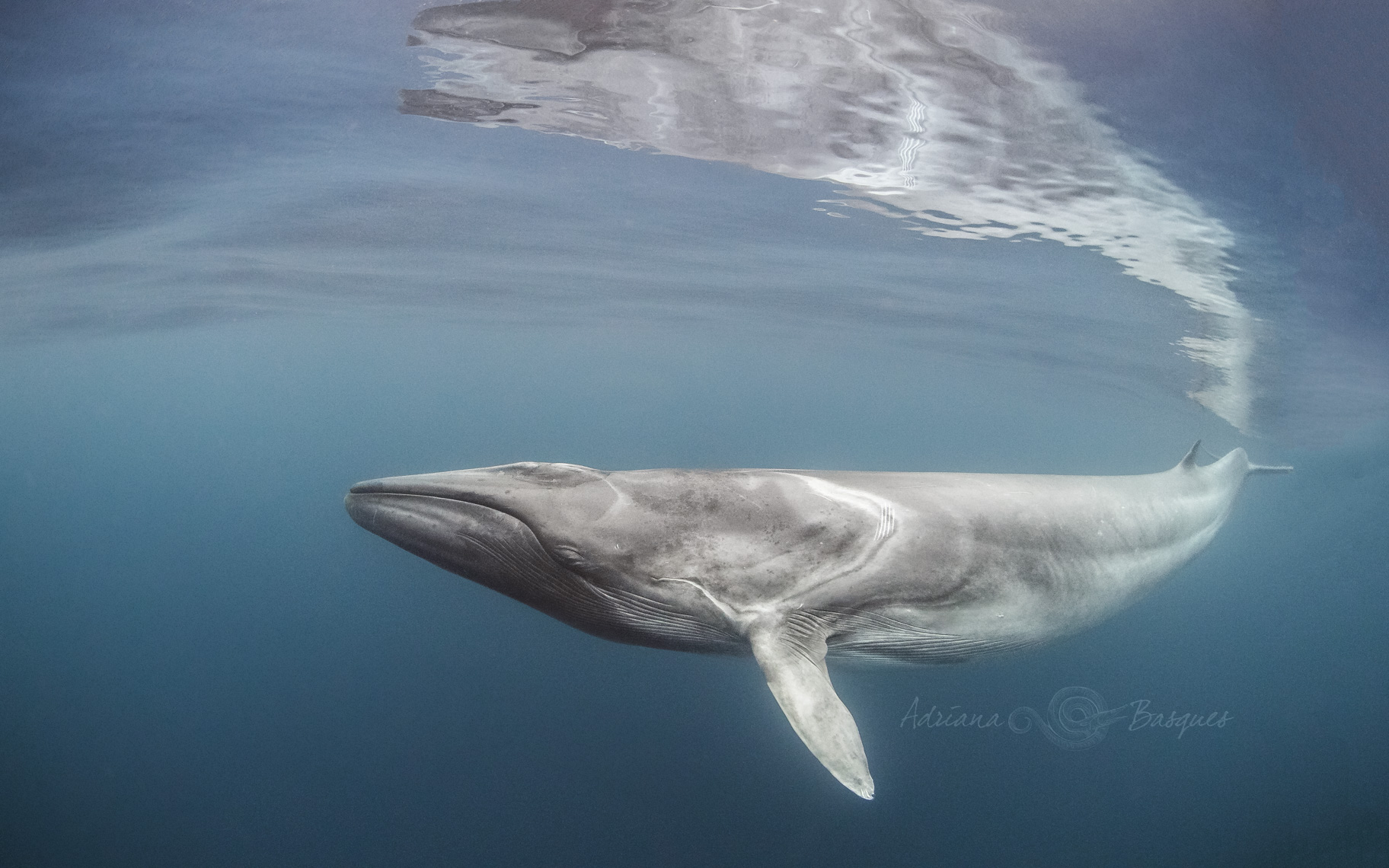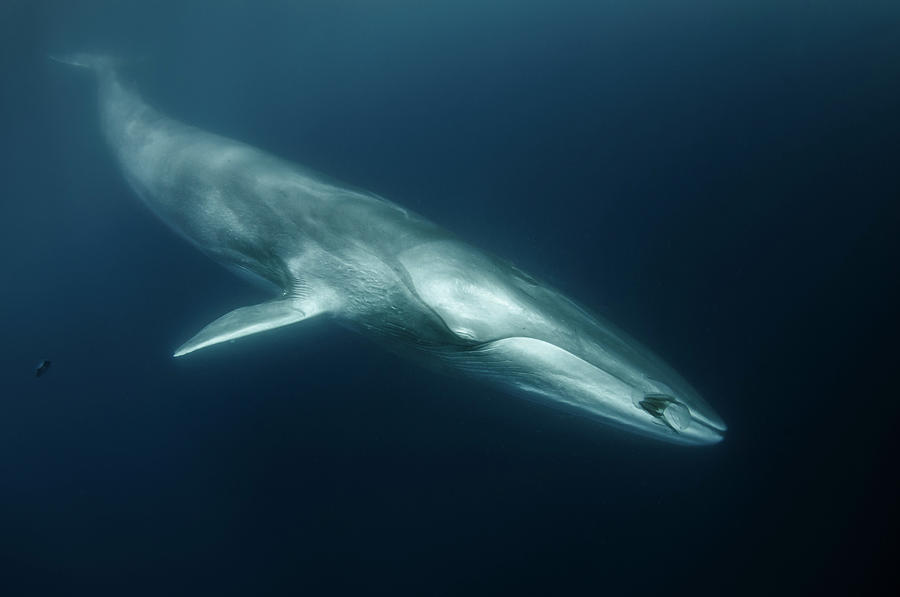

#FINBACK WHALE FULL#
When it comes to sexual maturity and reproduction male fin whales typically reach sexual maturity between the ages of 6 – 10 (not to be confused with physical maturity), while females tend to mature a little later between 7 – 12 years.įin whales can take up to 30 years to reach full physical maturity (maximum size) and may live for 90 years or longer. The average gestation period for the fin whale is about 12 months.Īfter birth the newborn baby whale may feed on its mother’s milk for a period of about 6 – 12 months. While the purpose of these sounds is unknown they may play a role in helping whales locate one another or attract a mating partner. When it comes to communication these whales communicate using loud low pitched sounds. Like other species of baleen whales fin whales aren’t known for building long-term bonds and/or deep relationships with other whales. Social Structure and Communicationįin whales are often found swimming alone or in small pods of up to 8, although they may be found swimming with larger groups of whales during feeding periods. Habitat and MigrationĪs stated earlier the fin whale can be found traveling throughout the worlds major oceans with the exception of the coldest regions where large ice caps prevent travel or surfacing.Īlthough not much is known about their migration patterns it is believed that fin whales migrate to warmer tropical climates during mating season and to give birth, and migrate towards cooler waters during feeding season. The whales then swim towards their prey engulfing large amounts of food one at a time.ĭuring deep dives these marine mammals have been observed holding their breath for over 15 minutes, however most dives are typically much shorter in length. In some cases these whales have been observed working together by swimming in circles around their prey frightening them into a small ball. The bristles act like a filter by allowing water to seep through the baleen bristles while preventing their food from escaping. They then expel the water from their mouth while trapping their prey inside their baleen bristles. In most cases these whales will travel in pods of up to 8 but may on occasion reach over 100 pod members during periods of feeding.įin whales are filter feeders and hunt their prey by swimming towards it with their mouth open consuming large amounts of food and water. The diet of fin whales consists largely of crustaceans, krill, squid and fish. On average female fin whales will typically measure 5% – 10% larger than their male counterparts.

Its flippers are small in size and tapered when compared to other whales. The head appears almost v shaped and is flat on top and the dorsal fin is curved shaped resting near the back-end of the whale. In terms of appearance the fin whale is a brownish gray color with a paler whitish underside.Īs stated earlier these whales can grow to be nearly 90 feet long (60 – 80 on average) and weigh as much as 130 tons.ĭespite its large size this whale is relatively slender and streamlined allowing it to reach speeds of over 25 miles per hour for short periods of time. These whales can be found traveling throughout the worlds major oceans, and only avoid a few areas such as the highest and lowest polar climates where large packs of ice may form.įin whales are solitary mammals that prefer traveling alone or in small pods rather than building long-lasting family bonds and relationships with large groups. Measuring in at up to 90 feet long they are considered the second biggest whale in existence in terms of length right after the blue whale. The fin whale is a large baleen whale that belongs to the cetacean species, which is composed of all species of whale, dolphin and porpoise.


 0 kommentar(er)
0 kommentar(er)
